What Is Preventable Injury and Who May Be Held Liable?
By Todd B. Jacobs | October 14, 2025
Injuries are an unfortunate part of life, but some are preventable with the right precautions. A preventable injury refers to an injury that could have been avoided if proper measures had been taken to reduce or eliminate the risk. These injuries often occur in the home, at work, or in public spaces, and they can result from negligence, recklessness, or failure to follow safety standards. Understanding what constitutes a preventable injury and who may be held liable is crucial for individuals and businesses alike. Whether you're seeking compensation for an injury or aiming to prevent one, knowing the responsibilities and legal implications can be empowering.
In this article, we will explore what a preventable injury is, common types of preventable injuries, the factors that contribute to them, and the individuals or entities that may be held liable. Additionally, we will discuss how a personal injury lawyer can help victims pursue justice and compensation.
Defining Preventable Injuries
Preventable injuries are those that can be avoided with the right actions, precautions, and adherence to safety standards. These injuries often result from negligence, poor planning, or failure to follow established safety guidelines. For instance, car accidents caused by texting while driving or workplace accidents resulting from failure to follow proper safety protocols are both examples of preventable injuries.
Preventable injuries are not limited only to accidents. They can also include injuries caused by environmental factors, such as slips and falls on wet floors or defective products that lead to harm. In all these cases, the injury could have been avoided if the responsible party had taken the necessary steps to mitigate the risk.
Common Examples of Preventable Injuries
Preventable injuries can occur in a variety of settings. Car accidents are one of the most common causes. According to the National Safety Council, approximately 1.5 million car accidents occur every year, many of which are entirely preventable. These accidents can happen due to distracted driving, driving under the influence of alcohol or drugs, speeding, or failing to follow traffic laws. Simple actions like wearing a seatbelt, refraining from texting while driving, and obeying speed limits can reduce the likelihood of an accident.
Workplace injuries are another common category of preventable injuries. According to the Occupational Safety and Health Administration (OSHA), many workplace injuries occur due to unsafe working conditions, lack of protective gear, and failure to adhere to safety regulations. Workers in construction, manufacturing, and healthcare are particularly at risk for preventable injuries. For example, an employer who fails to provide proper training or safety equipment for handling hazardous materials may be liable for any resulting injuries.
Slips, trips, and falls are prevalent and often preventable. These accidents typically happen in public places like shopping malls, restaurants, or office buildings. Wet floors, uneven sidewalks, poor lighting, or cluttered walkways are all common hazards that can lead to falls. Property owners and managers have a responsibility to maintain safe environments, and if they fail to address hazards, they may be held accountable for the injuries that occur.
Medical malpractice is also a form of preventable injury that occurs in healthcare settings. Medical errors, such as misdiagnosis, surgical mistakes, or improper medication, can lead to serious harm or even death. If a healthcare professional's negligence results in injury to a patient, they may be held accountable for the damages caused.
Defective products are another common source of preventable injuries. Manufacturers and distributors are responsible for ensuring that their products are safe for use. Defective products, such as faulty appliances, unsafe toys, or malfunctioning vehicles, can result in injuries or even fatalities. If a product is found to be defectively designed, manufactured, or marketed, the manufacturer or seller may be held liable for any harm caused.
Factors That Lead to Preventable Injuries
Preventable injuries are often the result of a combination of factors. Human error plays a significant role in many accidents. Whether it's a driver texting while driving, a worker bypassing safety protocols, or a homeowner failing to take basic precautions, human mistakes can often lead to injury. However, negligence, carelessness, and intentional wrongdoing also fall under human error and can contribute to accidents.
Lack of training or education is another major factor. In many industries, employees are not given proper training or education to handle dangerous tasks. This lack of training can lead to workplace accidents, such as falls, machinery accidents, or exposure to harmful chemicals. Educating workers on safety standards and providing regular training sessions can help reduce the risk of preventable injuries.
Defective equipment or products are also common causes of preventable injuries. Poorly designed machinery, products that don't meet safety standards, or recalled items that are still being used can lead to accidents. Regular product recalls and quality control checks are essential for preventing these types of injuries.
Environmental factors, such as wet floors, poorly lit areas, and inadequate signage, can increase the risk of accidents in public places. Landlords, business owners, and property managers have a responsibility to maintain safe environments for their tenants, customers, and employees. Failing to address hazards like these can lead to preventable slip and fall accidents, which are particularly common.
The lack of safety protocols or regulations can also contribute to preventable injuries. Many accidents occur when safety protocols or regulations are not enforced. Whether it's a business not following OSHA standards, a restaurant failing to clean up spills, or a driver ignoring traffic laws, the absence of proper safety measures can lead to harm. Ensuring that safety regulations are in place and followed can prevent many accidents.
Determining Who Is Liable for Preventable Injuries
Determining liability for a preventable injury depends on the circumstances surrounding the incident. Several parties may be held responsible, including individuals, companies, or government agencies. In cases of negligence, the at-fault party may be held liable for the resulting harm.
In many instances, the individual responsible for the injury may be held liable. This includes drivers who cause accidents, employers who fail to provide safe working conditions, or homeowners who neglect to maintain their property. If someone's carelessness or intentional actions led to an injury, they may be held accountable in a court of law.
Employers have a responsibility to provide a safe working environment for their employees. If an employee is injured on the job due to unsafe conditions, lack of training, or inadequate safety measures, the employer may be held liable. Workers' compensation laws may cover certain injuries, but in cases of gross negligence, an employer can be sued for additional damages.
Manufacturers of products are responsible for ensuring that their products are safe for use. If a defect in a product causes harm, the manufacturer may be held liable. This includes both the design and manufacturing process. If a product has a dangerous defect, the manufacturer can be held responsible for any injuries caused by the product.
Property owners, including businesses and government agencies, are responsible for maintaining safe environments for people who visit their premises. If a slip and fall accident occurs due to negligence, such as failing to clean up a spill, the property owner may be held liable. Similarly, if a visitor is harmed by an unsafe structure or a lack of proper signage, the property owner could be held accountable.
If you or a loved one has suffered from a preventable injury, it is essential to seek legal advice. A personal injury lawyer can help you assess your case and guide you through the legal process. Remember, taking legal action can not only help you recover damages but also prevent future injuries by holding negligent parties accountable.
If you've been injured due to someone else's negligence, contact Jacobs & Comerota today to schedule a free consultation with one of our experienced personal injury lawyers. Don't wait—your health and well-being are too important to delay seeking the justice you deserve.
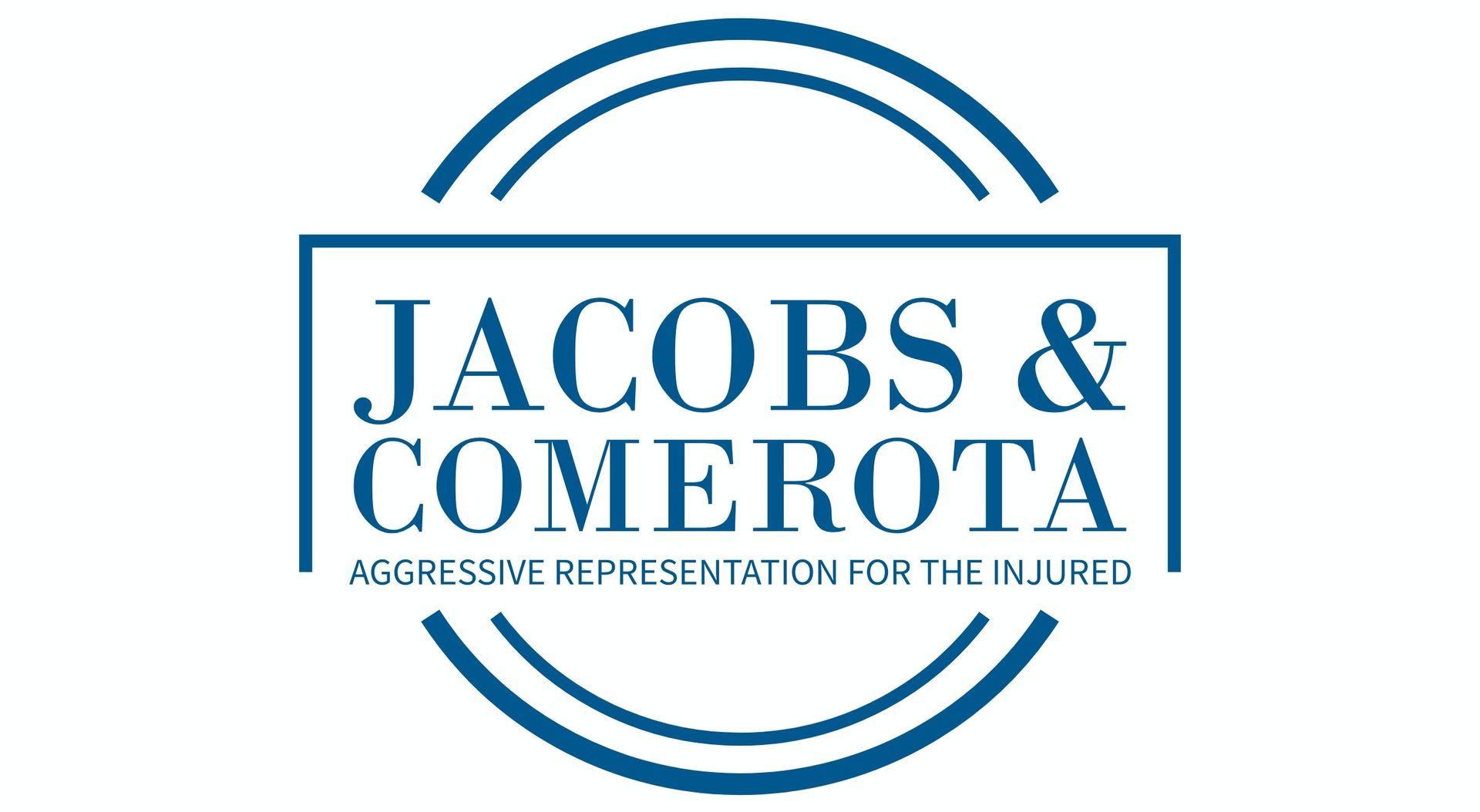
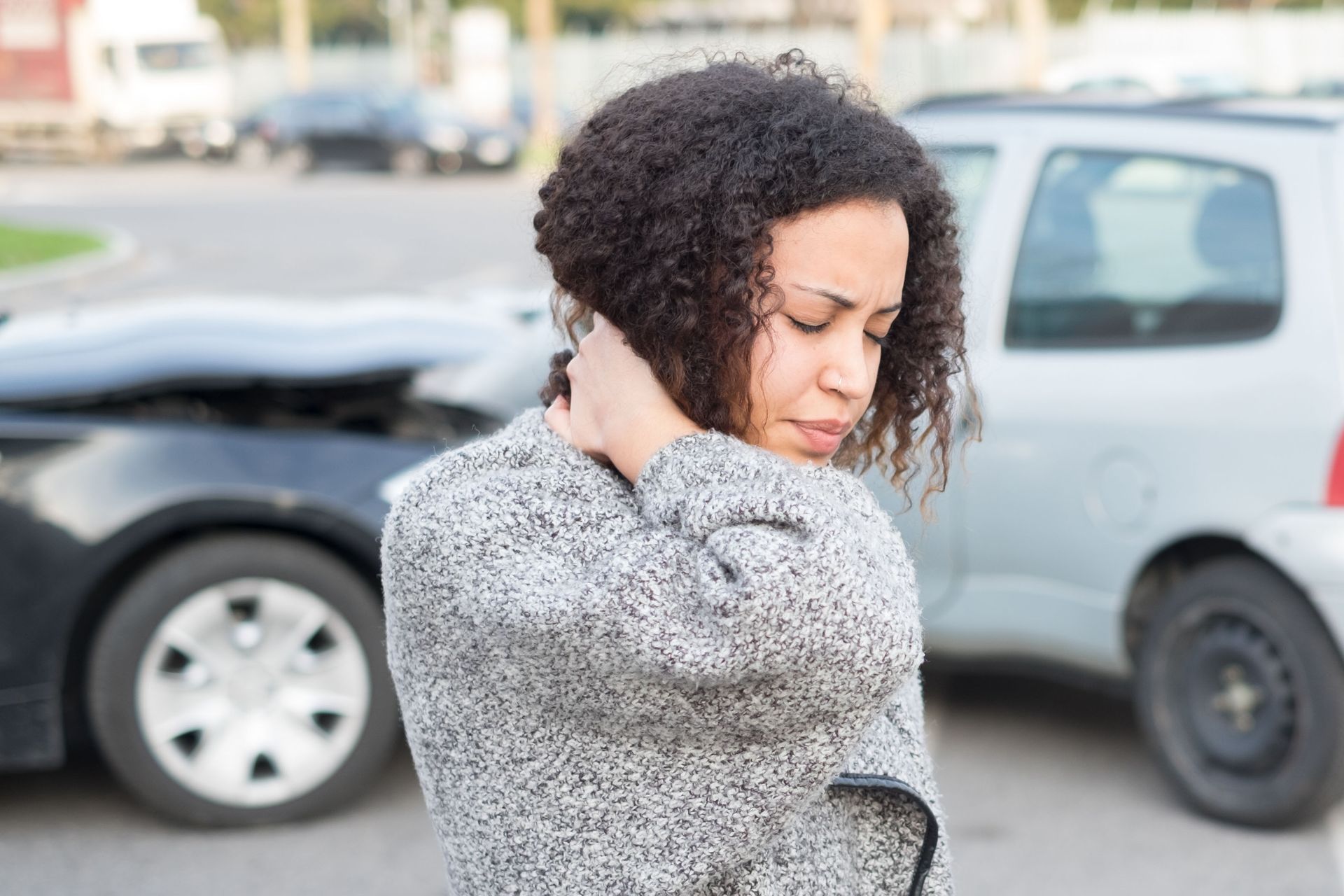
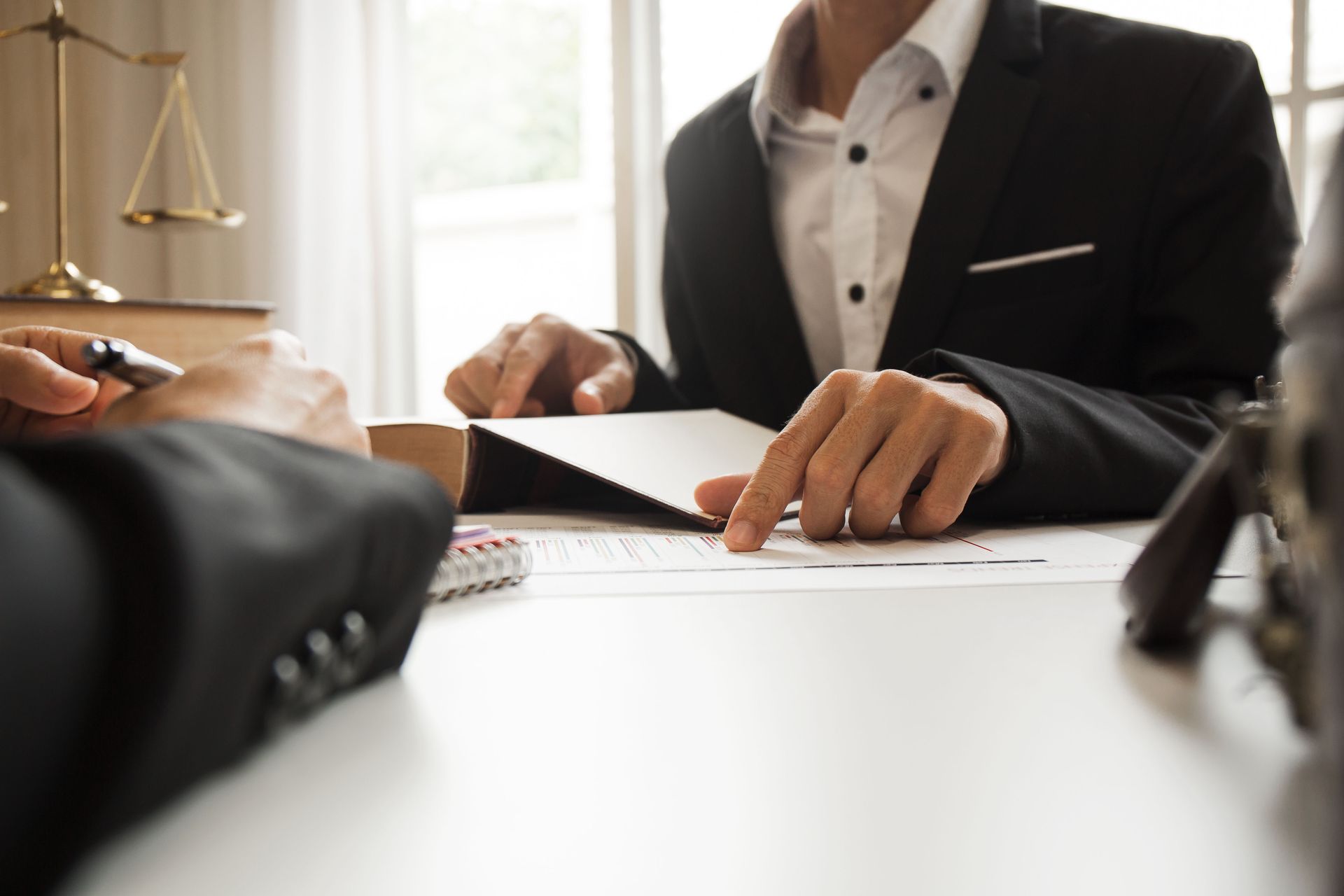
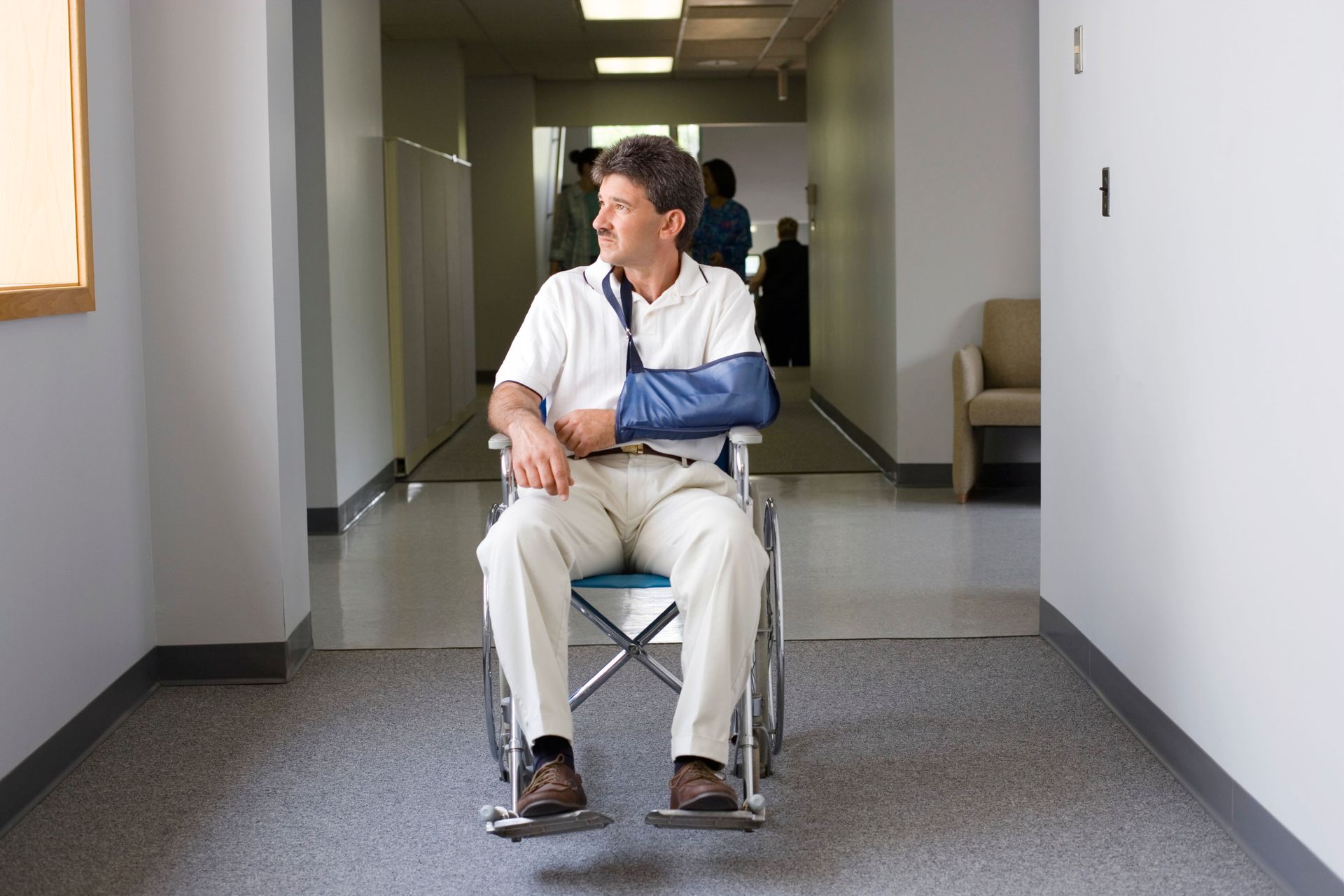
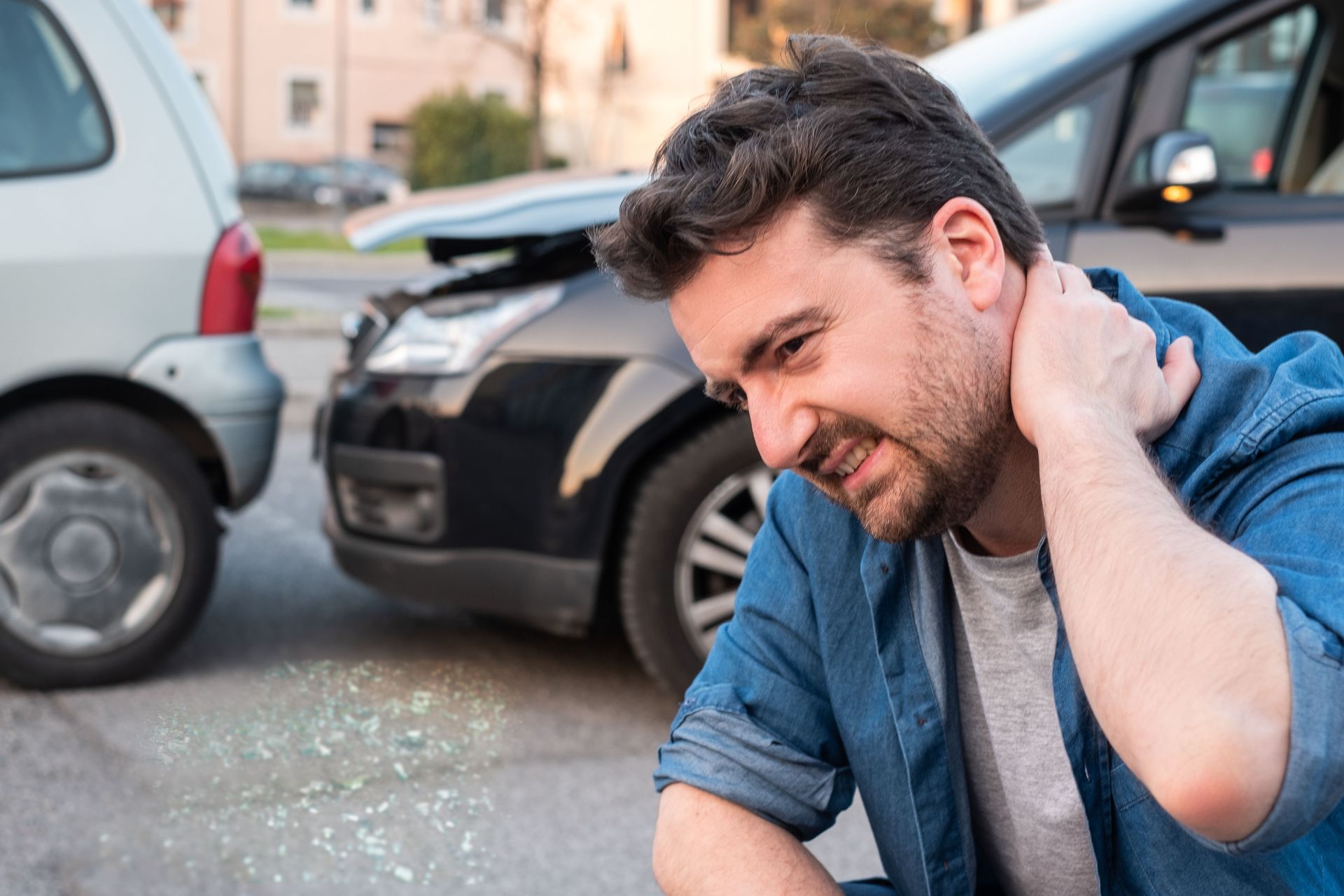
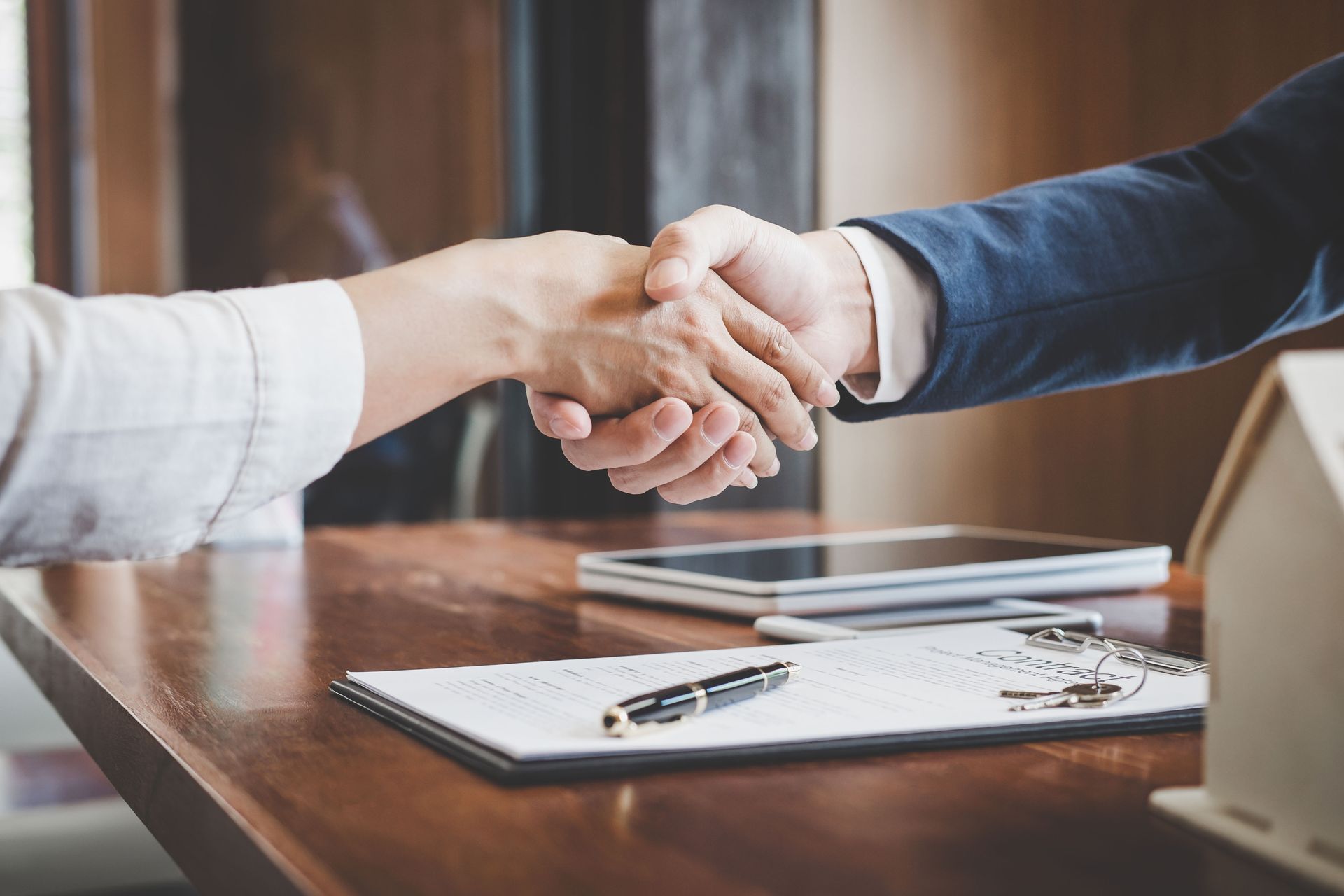


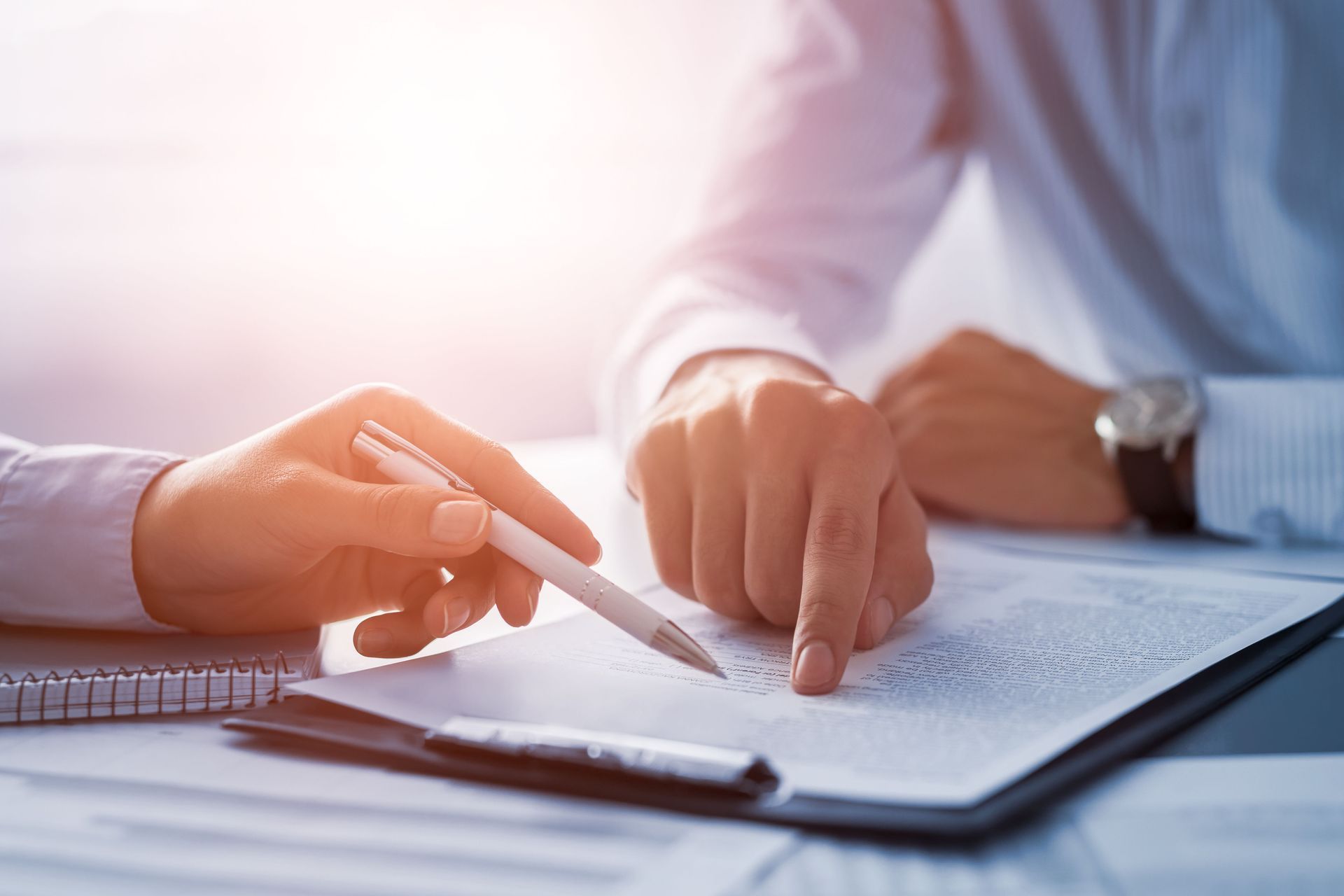
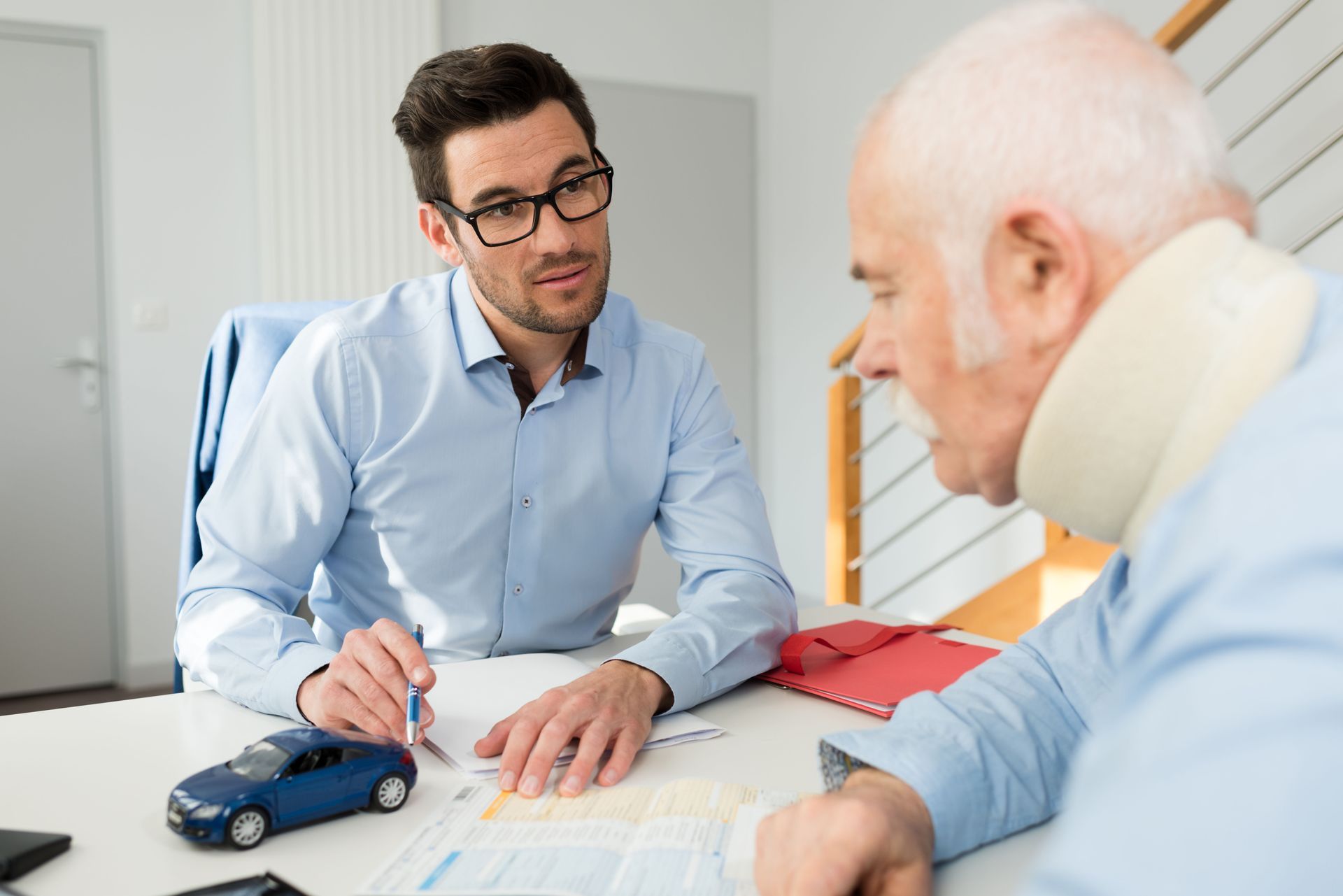
Share On: